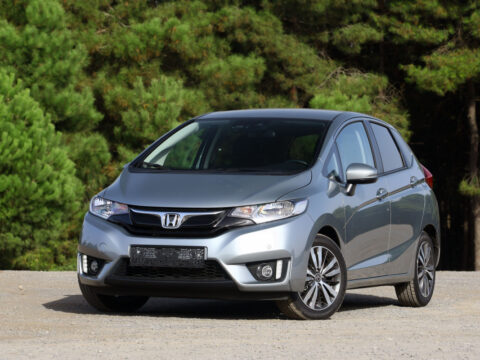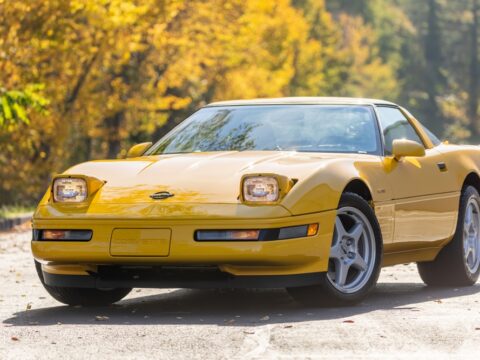The exploration of our solar system has been significantly advanced by unmanned space probes. These remarkable spacecraft have journeyed to distant planets, moons, and even beyond the solar system, providing invaluable data and breathtaking images. This article highlights 12 of the most notable unmanned space probes, showcasing their contributions to our understanding of the cosmos.
Contents
Voyager 1
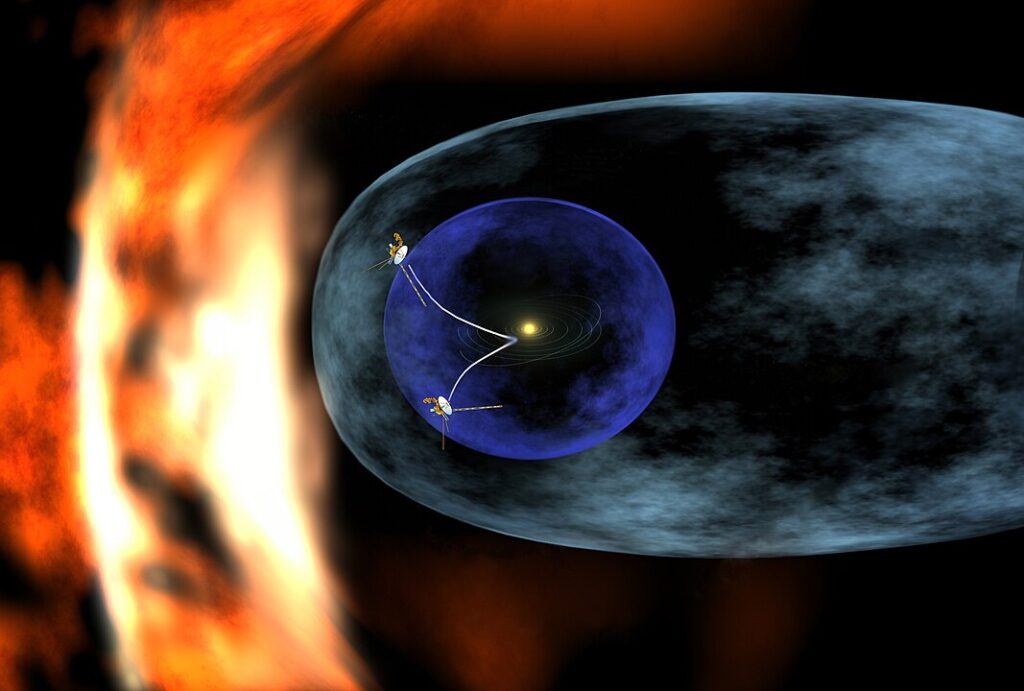
Voyager 1, launched in 1977, is the farthest human-made object from Earth, currently exploring interstellar space. Its journey has provided invaluable data on the outer planets and their moons, capturing detailed images of Jupiter and Saturn. The spacecraft’s instruments continue to send back data on cosmic rays and the heliosphere’s boundary.
New Horizons
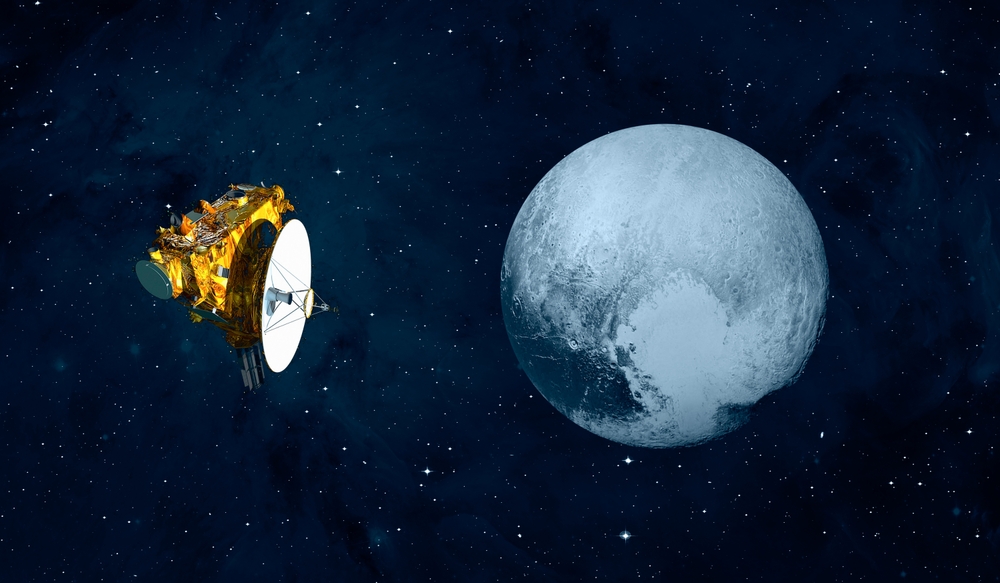
Launched in 2006, New Horizons is celebrated for its historic flyby of Pluto in 2015, which yielded the first detailed images of the dwarf planet. The mission uncovered Pluto’s icy surface, mountains, and potential cryovolcanoes, reshaping our understanding of this distant world. After Pluto, New Horizons ventured further into the Kuiper Belt, conducting a flyby of the distant object Arrokoth.
Juno
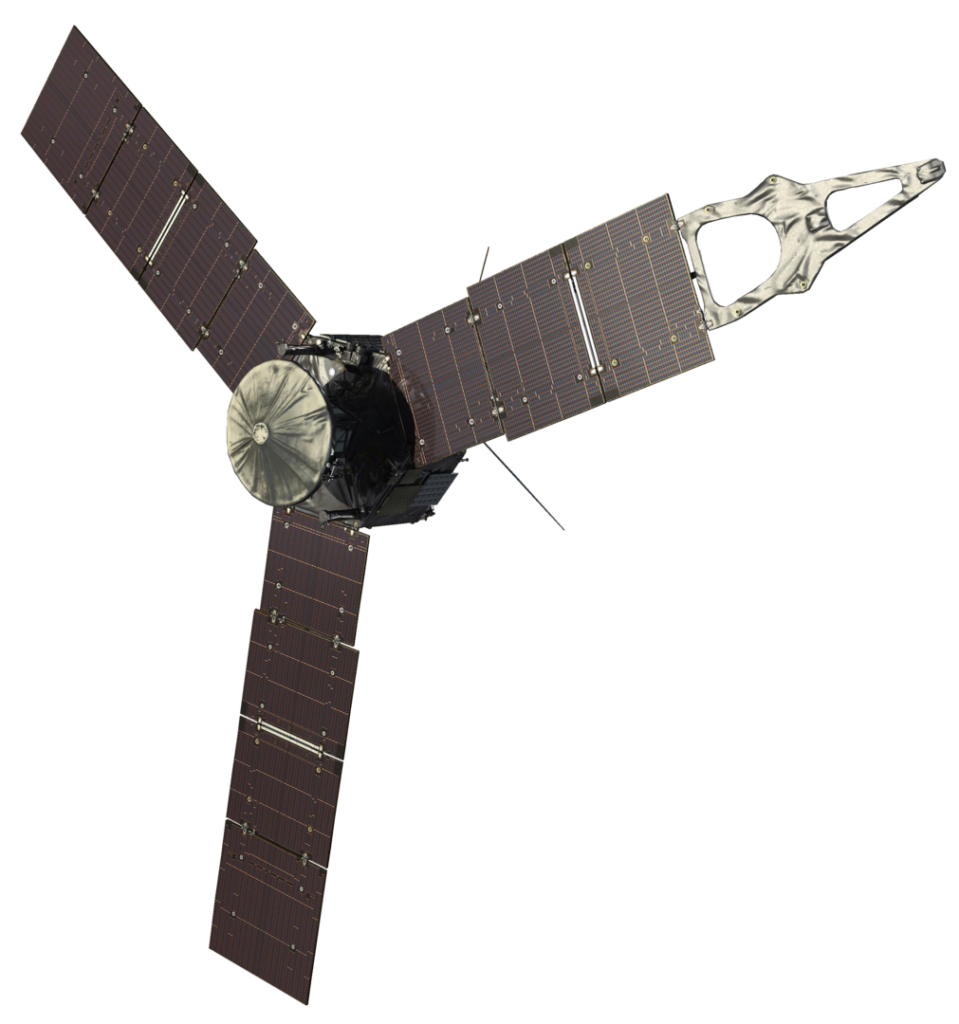
Juno, launched in 2011, is dedicated to studying Jupiter, offering insights into its atmosphere, magnetic field, and internal structure. Its close flybys have delivered stunning images of Jupiter’s poles and auroras. The findings from Juno have deepened our understanding of the gas giant’s composition and weather patterns.
Cassini-Huygens
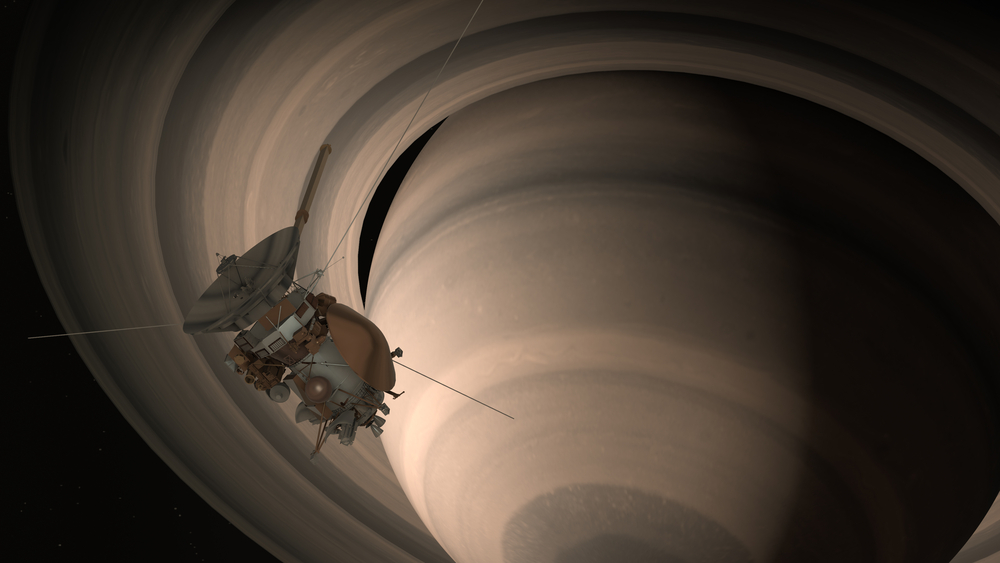
Cassini-Huygens, a collaborative mission by NASA, ESA, and ASI, launched in 1997 and studied Saturn and its moons for 13 years. Cassini’s images and data revealed the complexity of Saturn’s rings and the potential habitability of its moon Enceladus, which has water-ice plumes. The Huygens probe, part of the mission, successfully landed on Titan, providing the first images of its surface.
Mars Reconnaissance Orbiter (MRO)
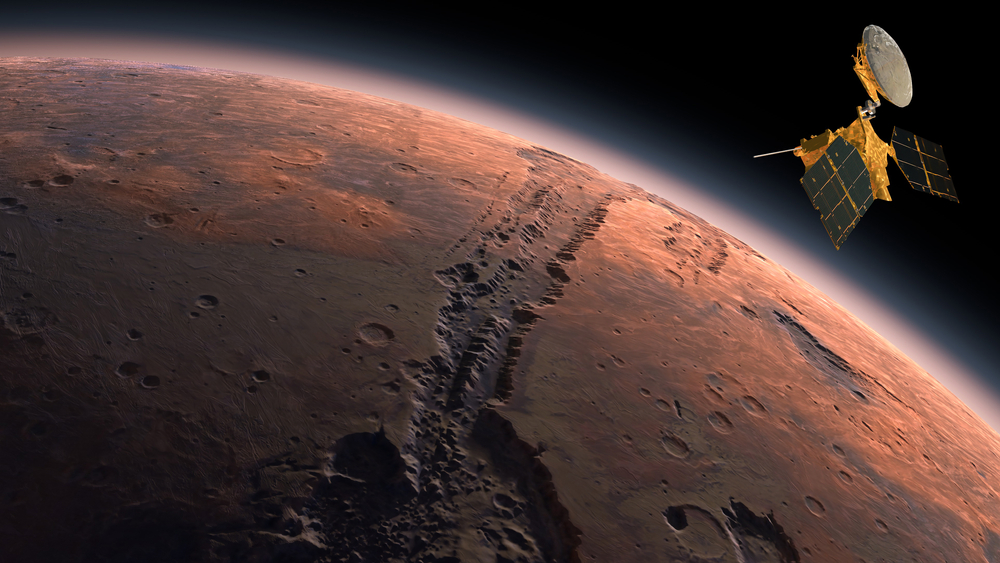
Since its launch in 2005, the Mars Reconnaissance Orbiter (MRO) has been studying Mars from orbit, offering high-resolution images and data on the planet’s surface and atmosphere. Its instruments have discovered signs of ancient water flows and documented seasonal changes in the Martian environment. MRO also supports other missions by acting as a vital communication relay.
Curiosity Rover
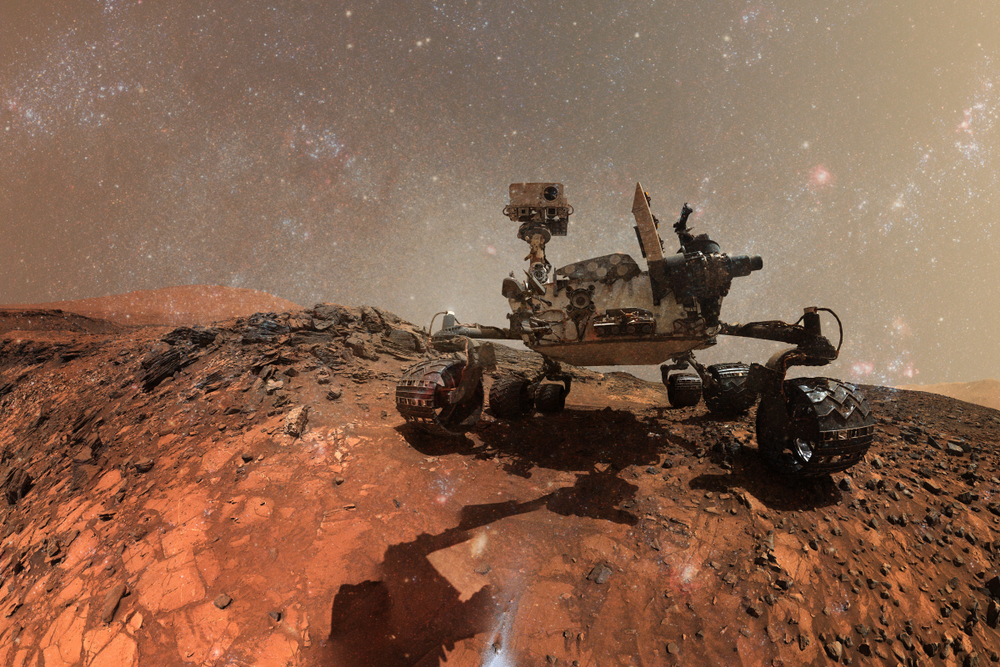
The Curiosity rover, part of NASA’s Mars Science Laboratory mission, landed on Mars in 2012. Exploring Gale Crater, it analyzes soil and rock samples to understand the planet’s past habitability. Curiosity’s findings suggest that Mars once had conditions suitable for microbial life.
Perseverance Rover
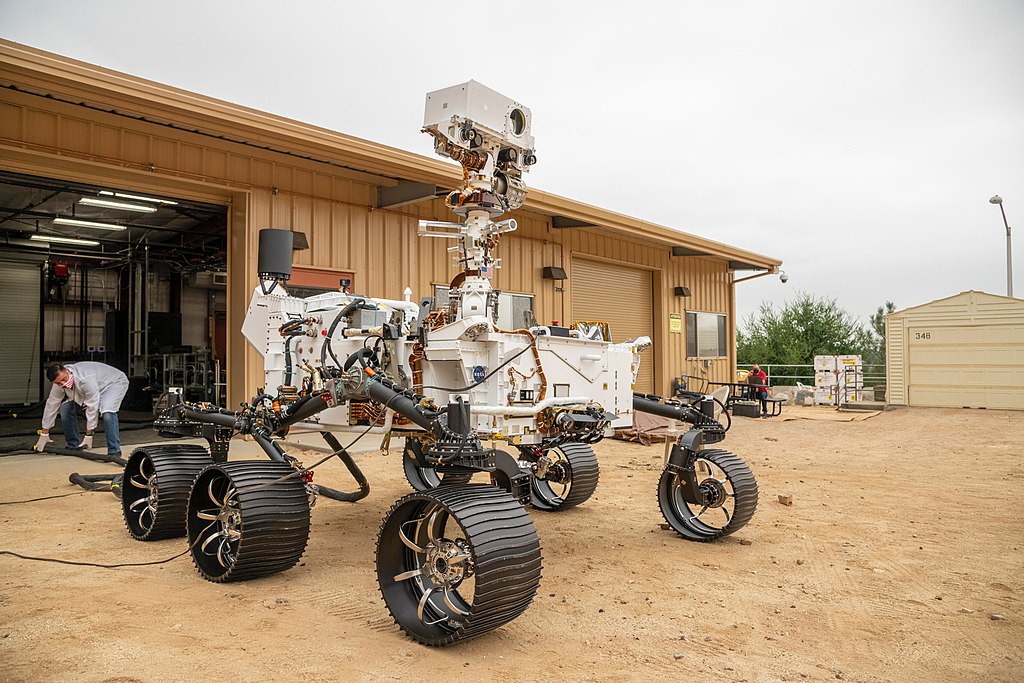
Perseverance, launched in 2020, is exploring Mars’ Jezero Crater in search of ancient life signs and collecting samples for future return to Earth. Equipped with advanced scientific instruments and the Ingenuity helicopter, it has performed the first powered flights on another planet. Perseverance aims to understand Mars’ geology and past climate, aiding in the search for extraterrestrial life.
InSight

InSight, which landed on Mars in 2018, focuses on studying the planet’s interior structure. Its seismometer has detected Marsquakes, providing data on the planet’s tectonic activity. These findings help scientists understand the formation and evolution of rocky planets in our solar system.
BepiColombo
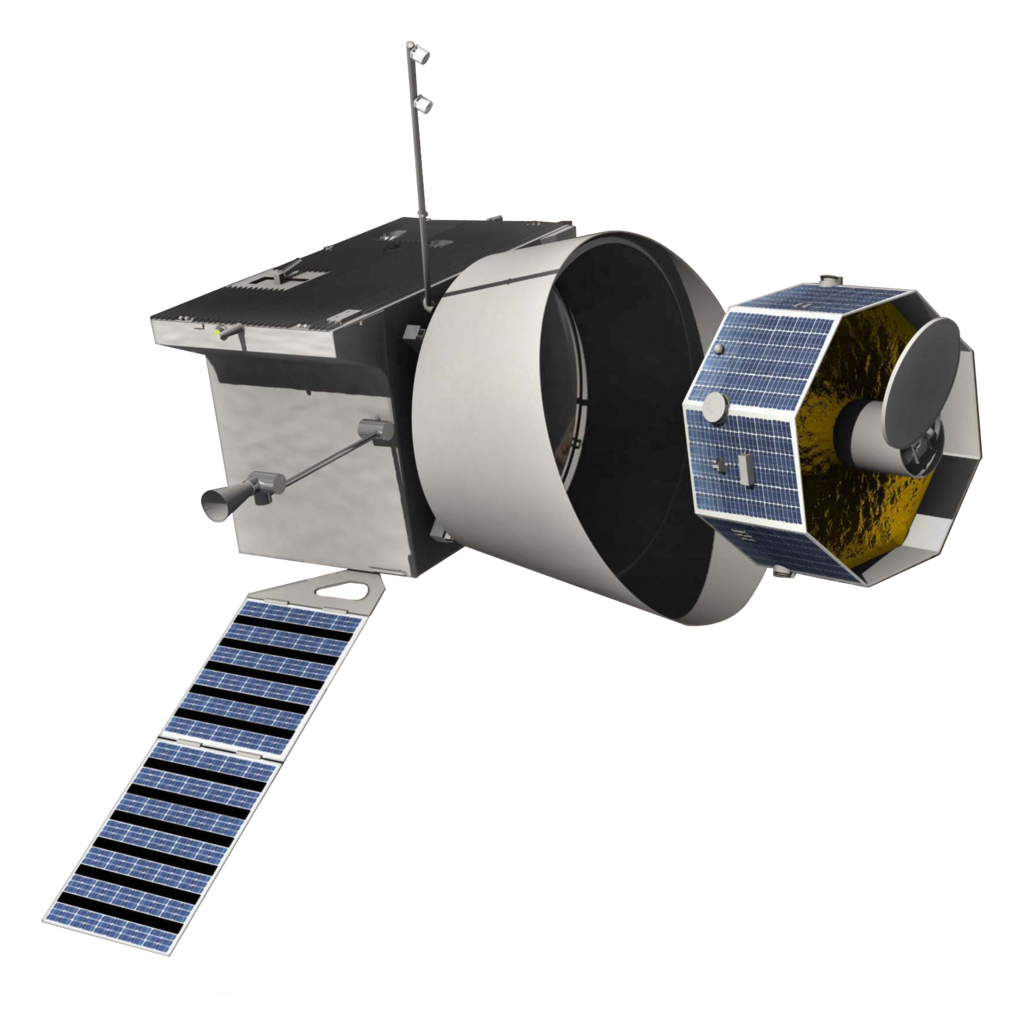
BepiColombo, a joint mission by ESA and JAXA, was launched in 2018 to study Mercury. It aims to provide insights into Mercury’s composition, magnetic field, and exosphere. The mission consists of two orbiters that will conduct detailed observations upon arrival in 2025. BepiColombo’s data will enhance our understanding of the innermost planet in our solar system.
Parker Solar Probe
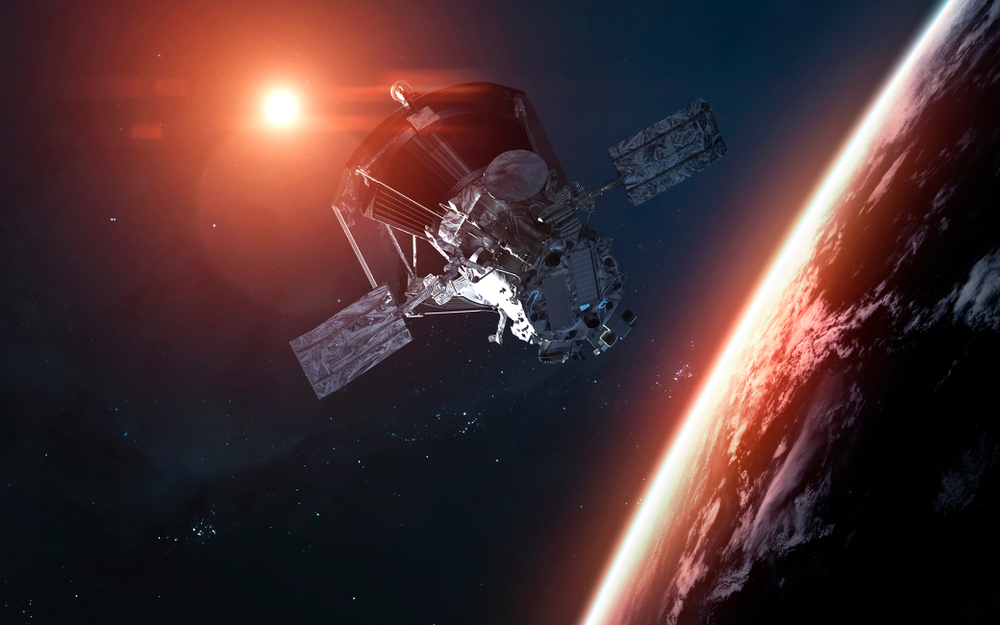
Launched in 2018, the Parker Solar Probe is designed to study the Sun’s outer corona by flying closer to it than any previous mission. Its observations aim to unravel the mysteries of the Sun’s high temperatures and solar wind acceleration. The probe’s data will help improve our understanding of solar dynamics and space weather.
Solar and Heliospheric Observatory (SOHO)
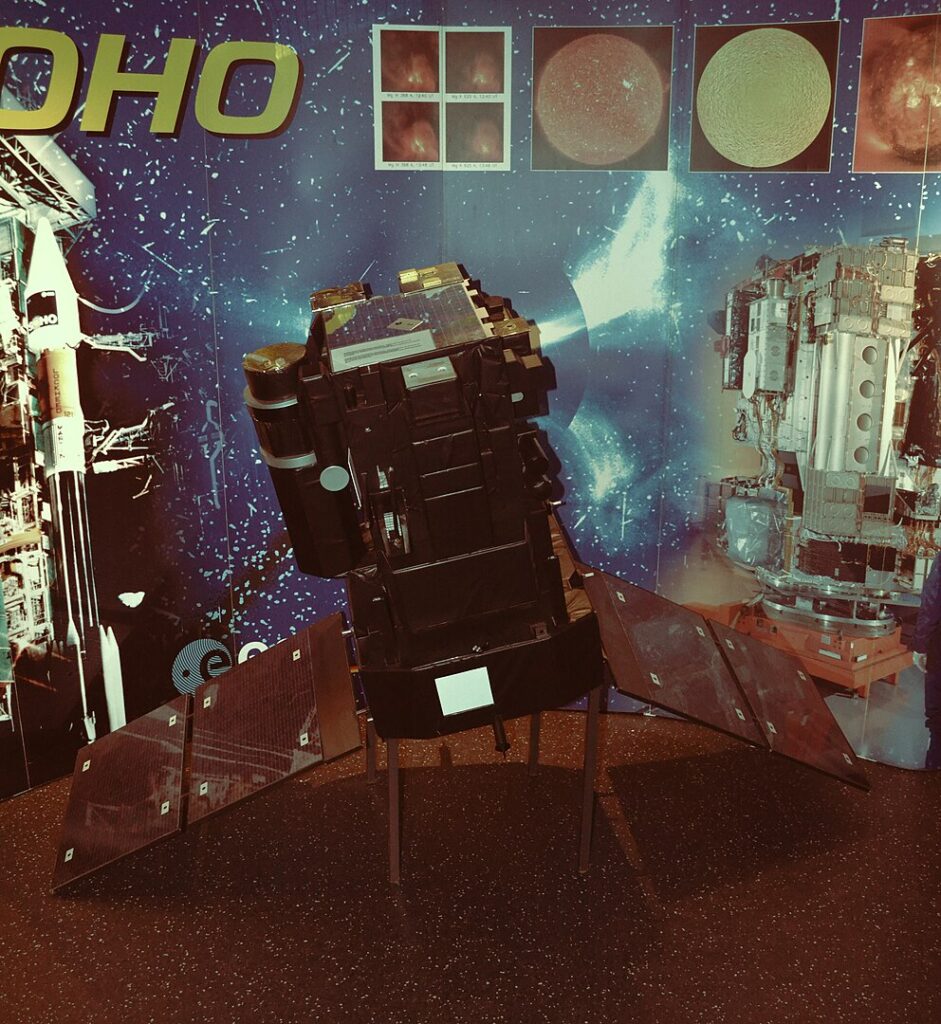
The Solar and Heliospheric Observatory (SOHO), a joint mission by NASA and ESA launched in 1995, studies the Sun. It has provided continuous observations of the Sun’s atmosphere, aiding in the prediction of space weather and solar storms. SOHO’s data has been instrumental in understanding solar activity cycles and coronal mass ejections.
Rosetta

Launched in 2004 by ESA, Rosetta studied comet 67P/Churyumov-Gerasimenko, providing unprecedented details about its composition and behavior. The mission included the Philae lander, which made the first landing on a comet. Rosetta’s observations revealed insights into the primordial material of the early solar system.
This article originally appeared on MyCarMakesNoise.
More from MyCarMakesNoise
15 Sports Cars That No One Wants Anymore

The allure of many sports cars has diminished over time, with changing market trends and advancements in automotive technology leaving some models behind. This look into the sports car segment reveals why several iconic rides have lost their appeal among today’s car enthusiasts. Read More.
10 Surprising Details About the Ford Mustang

The Ford Mustang, an enduring icon of American automotive culture, has captivated car enthusiasts since its debut in 1964. Known for its sleek design, powerful performance, and unmistakable emblem, the Mustang’s rich history is filled with intriguing details that have contributed to its legendary status. Read More.
13 Tire Brands You Should Avoid at All Costs

When it comes to selecting tires, the stakes are high as they directly impact your vehicle’s performance and safety. Unfortunately, some brands fall short of delivering the quality and reliability needed. Read More.



